

Ben Zachariah
Move over, Patrol: New-era Ford Maverick SUV imagined
16 Hours Ago
The updated, elongated 2021 Eclipse Cross in mid-level Aspire specification hopes to make as much of a sales splash as its ASX and Outlander stablemates.
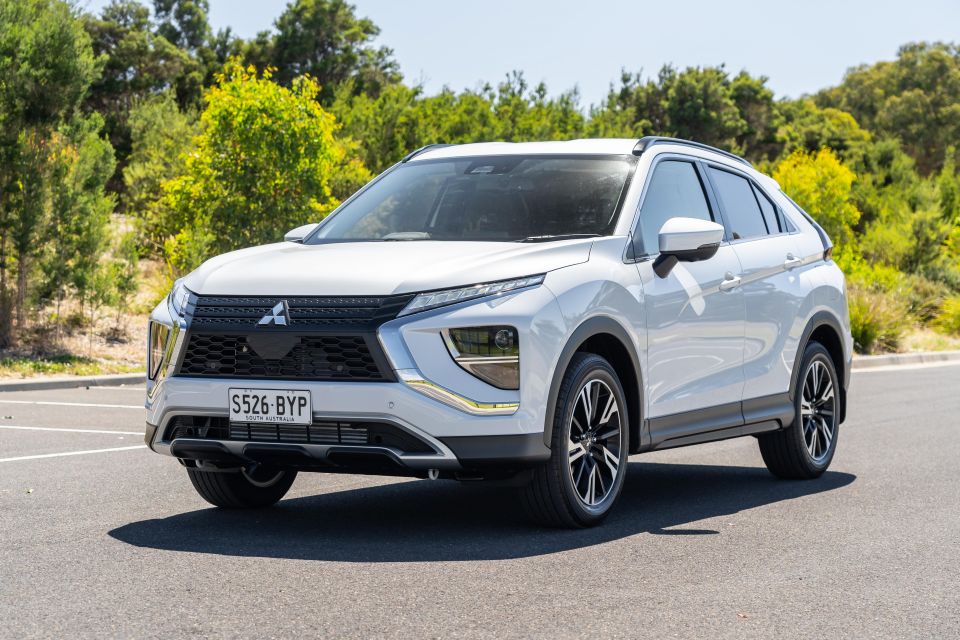
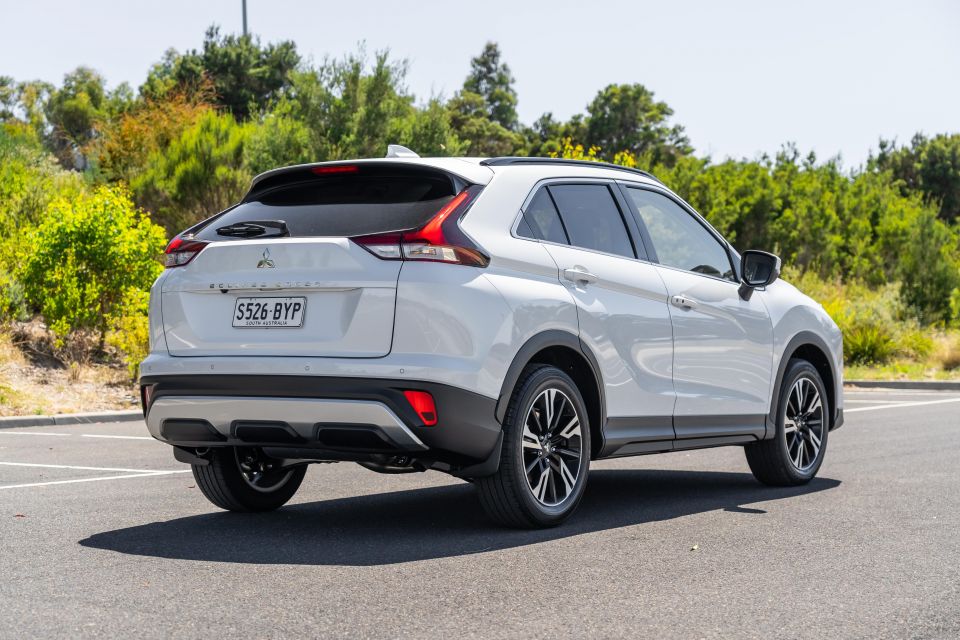

Senior Contributor
New from
$30,290
excl. on-roads

Senior Contributor
New from
$30,290
excl. on-roads


Senior Contributor
New from
$30,290
excl. on-roads

Senior Contributor
New from
$30,290
excl. on-roads
Quickly see how this car stacks up against its competition. Select any benchmark to see more details.
Where expert car reviews meet expert car buying – CarExpert gives you trusted advice, personalised service and real savings on your next new car.
The Mitsubishi Eclipse Cross tends to get a little lost between the company’s better-selling ASX and Outlander models.
Where that pair are utilitarian and sell on value, the Eclipse Cross has always been pitched as Mitsubishi shooting for something a little more upmarket and interesting. It also borrows half of its name from the brand’s little-known coupe sold between 1989 and 2011 in the US.
The company has just launched a mid-life update, and unusually Mitsubishi chose Australia and New Zealand as the global launch markets ahead of Japan and North America.
The upgrade brings some important changes. The new-look ‘dynamic shield’ grille and slim lights are a little more adventurous than before, while the polarising and visibility-hindering split tailgate design has been banished. I sort of like it…
It’s less ‘bobtailed’ from a side angle, though it’s also less distinctive. It looks particularly sharp from a front three-quarter view thanks to its side sculpting, mean-looking face and raked windows, though in my opinion its proportions are a little ungainly from a rear three-quarter view.
Mitsubishi has also added a new touchscreen unit and given the old touchpad controller the flick – a good thing, because it was fiddly – tweaked the steering setup, and claims to have improved the rear legroom and luggage space.
It’s determined the revised model sits in a new class, and its 140mm length increase actually puts it within 5mm nose-to-tail of a Mazda CX-5. That gives it some key differentiation from the aforementioned cheaper ASX.
The Eclipse Cross Aspire variant tested here is a new offering, wearing a returned nameplate.

The range kicks off at $30,290 plus on-road costs for the ES, climbs to $32,590 for the LS, and tops out at $38,290 for the Exceed. All-wheel drive (AWD) on the latter pair adds $2500.
The Aspire sits between the LS and Exceed, and costs $34,990 plus on-roads. Mitsubishi has a drive-away price advertised on its website of $36,490.
To give a little context, the smaller Kia Seltos Sport+ costs $37,790 drive-away, the Mazda CX-5 Maxx Sport $38,240 drive-away, and a Honda HR-V RS $37,750 drive-away. The Mitsubishi really does sort of straddle the Small and Medium SUV segments.
Mitsubishi is one brand that’s not shy about offering deals, so once the updated Eclipse Cross progresses through its life cycle, expect to see some keener campaign prices.
Buy your new car without the stress. It's fast, simple and completely free.

Great service from Travis and team, second time I have used this business would not hesitate to recommend them to anyone
Craig C.
Purchased a Ford Ranger in Sunshine Coast, QLD
CarExpert helped Craig save thousands on his Ford Ranger, now let us save you on your next new car.
Find a dealAt the end of the day, the price you pay at the dealership will be dependent on a number of factors such as when you want to buy (is the dealership chasing sales?), the stage of life of the model you’re purchasing (is a new generation being launched soon?) and of course your strength as a negotiator.
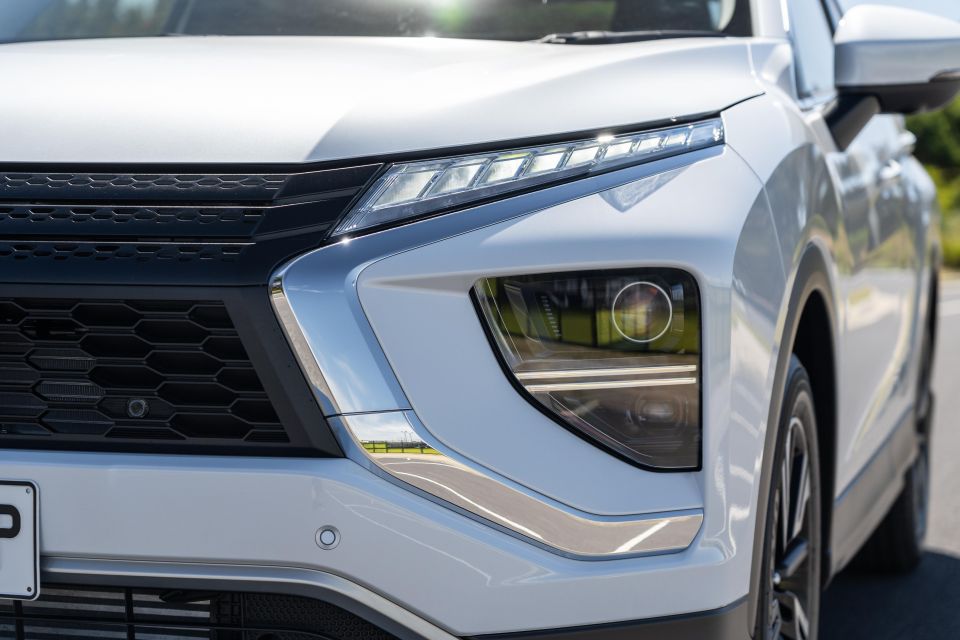
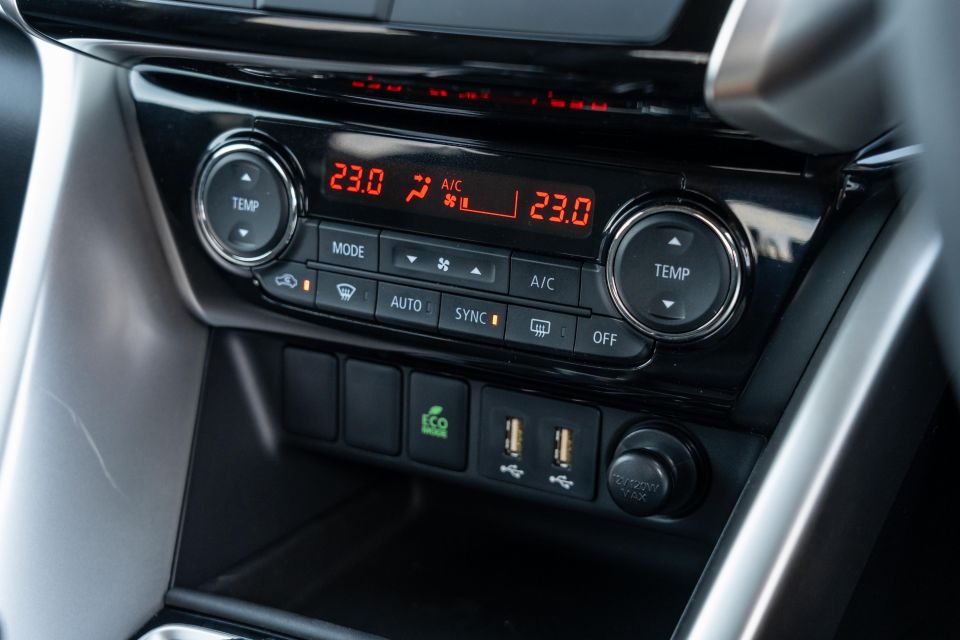
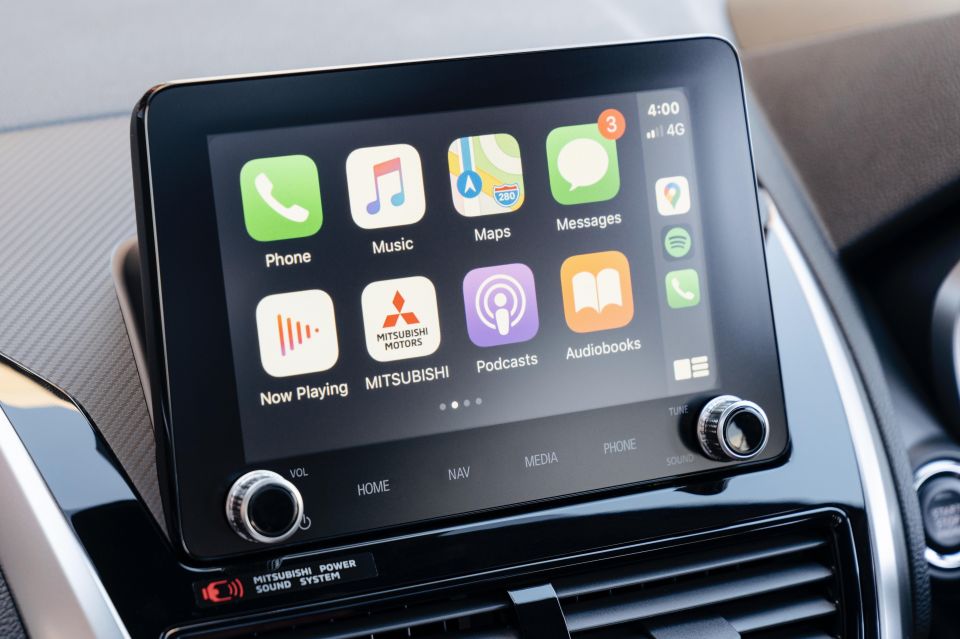
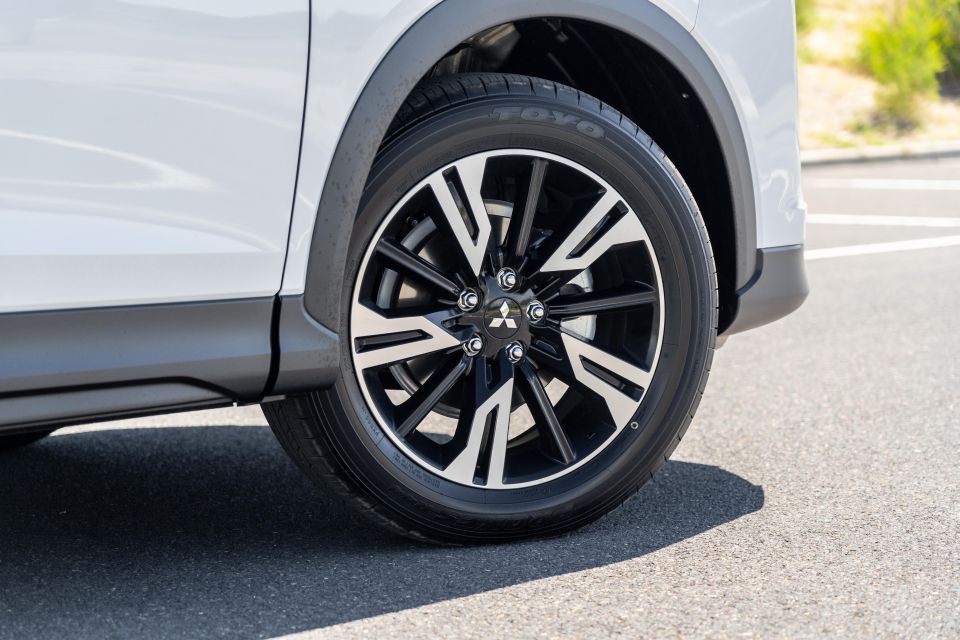
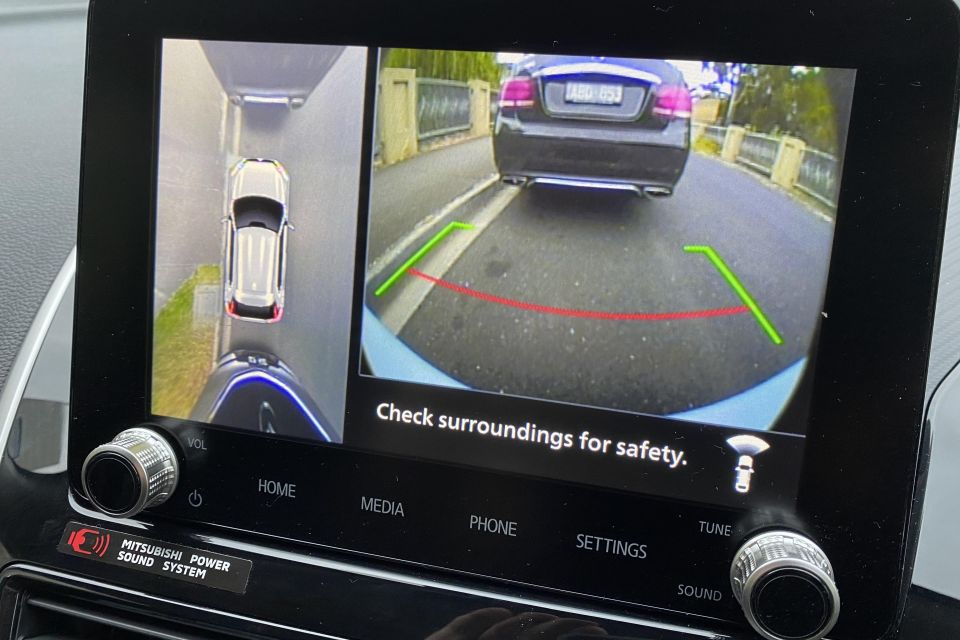
All Eclipse Cross grades get features such as 18-inch wheels, LED daytime running lights, climate control, an 8.0-inch touchscreen, Apple CarPlay and Android Auto (wired), and digital radio.
The $2300 pricier (RRP) LS adds extra niceties such as LED fog lights, rear privacy glass, roof rails, heated and power-folding door mirrors, a proximity key fob, two extra speakers (six total), dusk-sensing headlights, rain-sensing wipers, and an electric park brake.
For a further $2400, the Aspire adds seats trimmed in microsuede and synthetic leather, heated front seats, a powered driver’s seats, soft PVC door inserts, two-zone climate control, eight speakers, a 360-degree camera, front parking sensors, and an auto-dimming rear-view mirror.
The range-topping Exceed tops out with LED headlights (the others have halogens), a sunroof, heated steering wheel, full-leather seats, heated back seats, a flip-up head-up display, black roof headlining, and a built-in satellite navigation system supplied by TomTom.
So, the Aspire occupies a relative sweet spot in the range, but the absence of modern LED headlights is a genuine oversight. Yellow halogens just don’t look the part, and as you can see in our headlight video test here, they’re not as effective either.
By the way, if you want metallic or pearlescent paint it’ll cost you between $740 and $940.
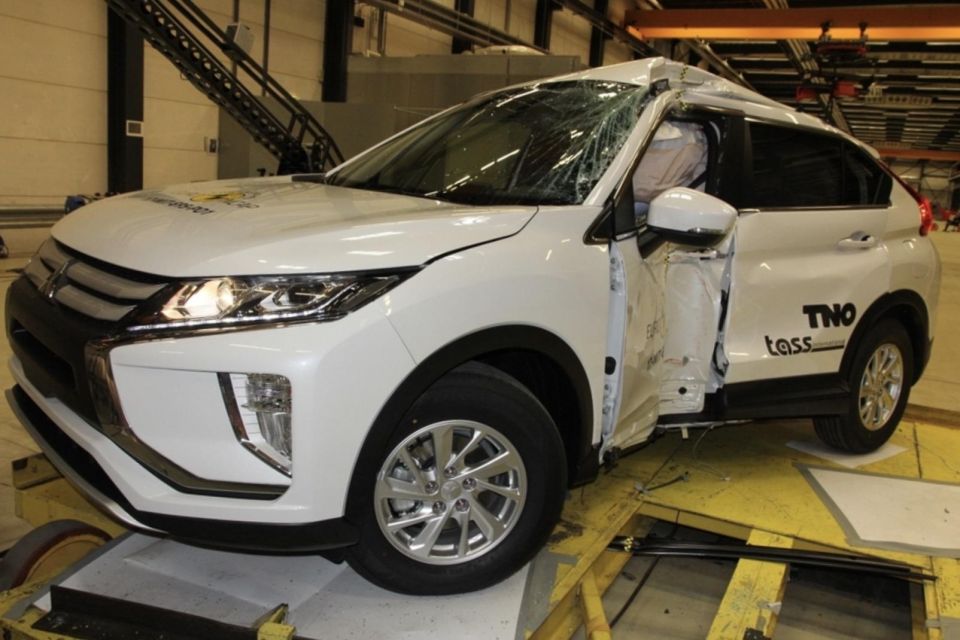
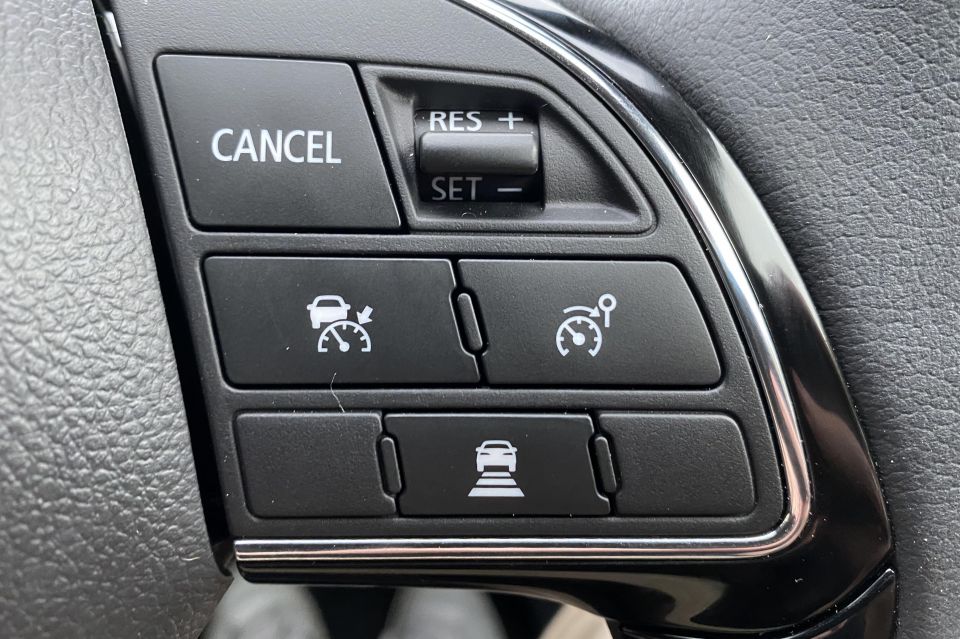
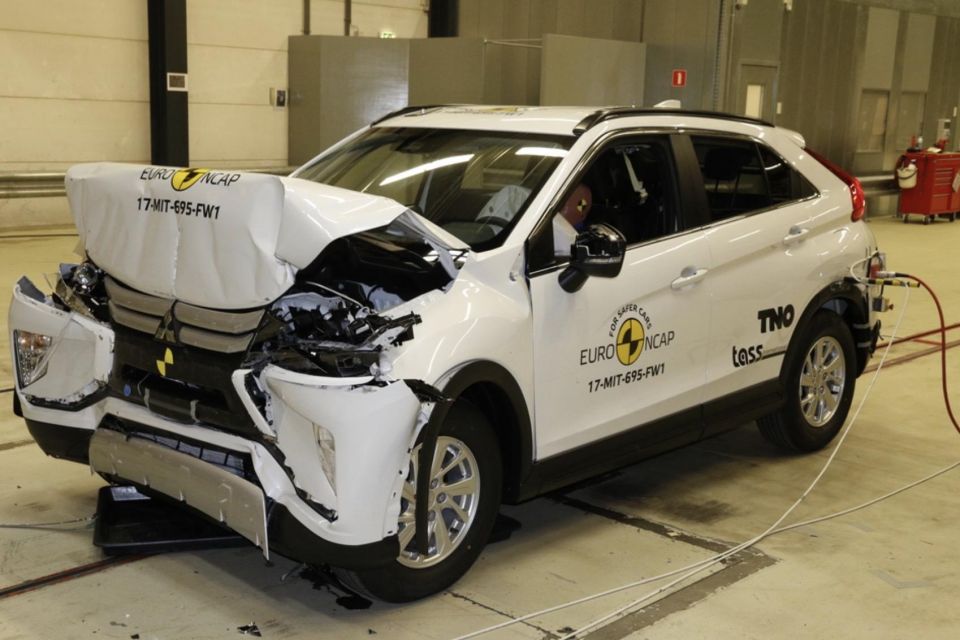
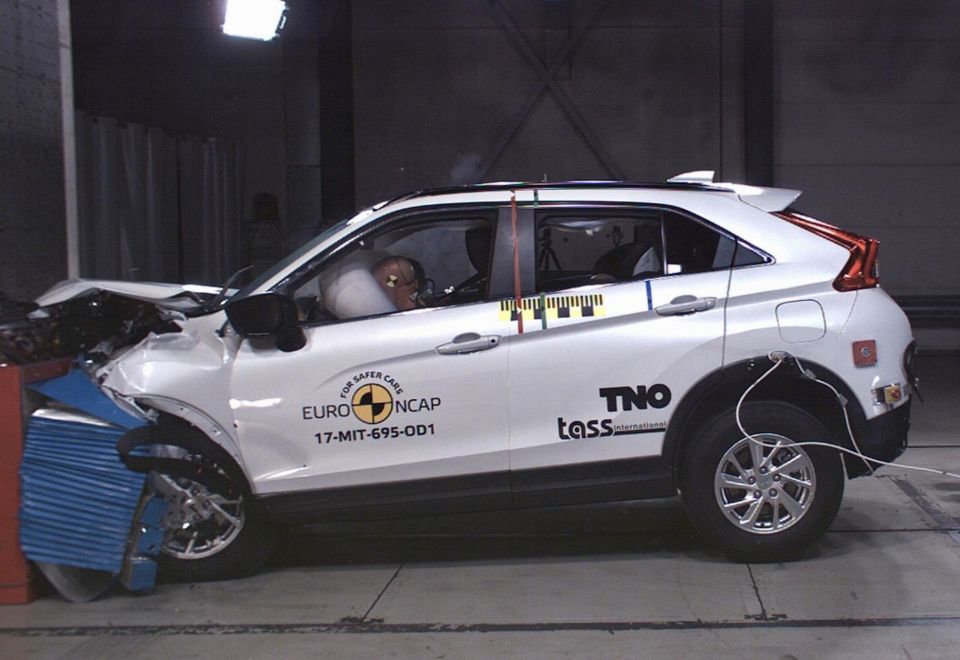
All Eclipse Cross models get seven airbags, rear-seat ISOFIX and top tether points, and active safety features such as forward autonomous emergency braking and Active Yaw Control.
The LS adds audible lane-departure warning and automated high-beam shutoff, while above this the Aspire adds active blind-spot monitoring, adaptive cruise control with stop-and-go, and rear cross-traffic alert.
Crash tester ANCAP awarded the pre-update model five stars in 2017 – 97 per cent adult occupant protection, 78 per cent child protection, 80 per cent pedestrian protection, 58 per cent for safety assist – and this maximum star rating carries over.
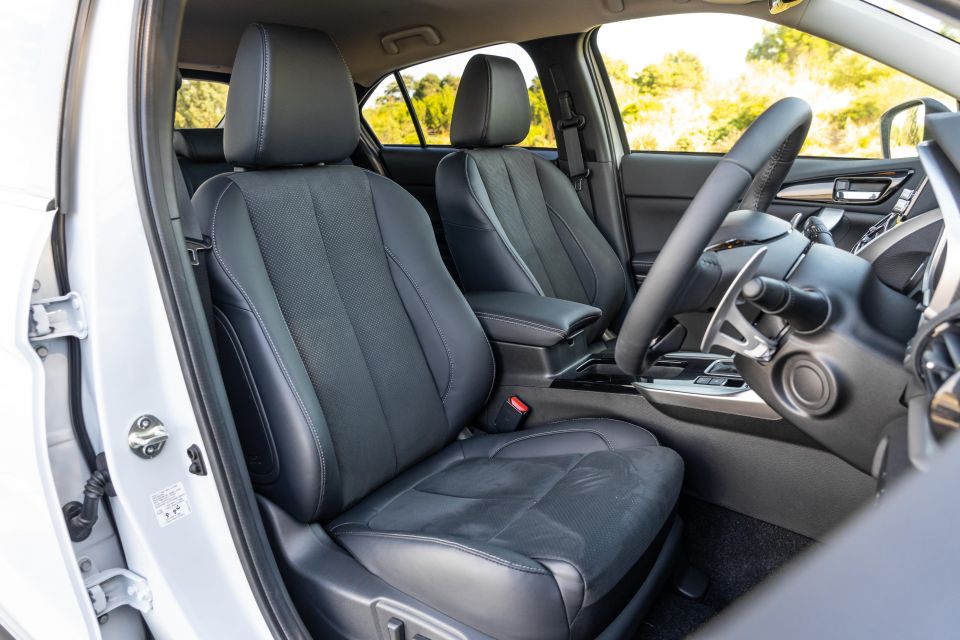

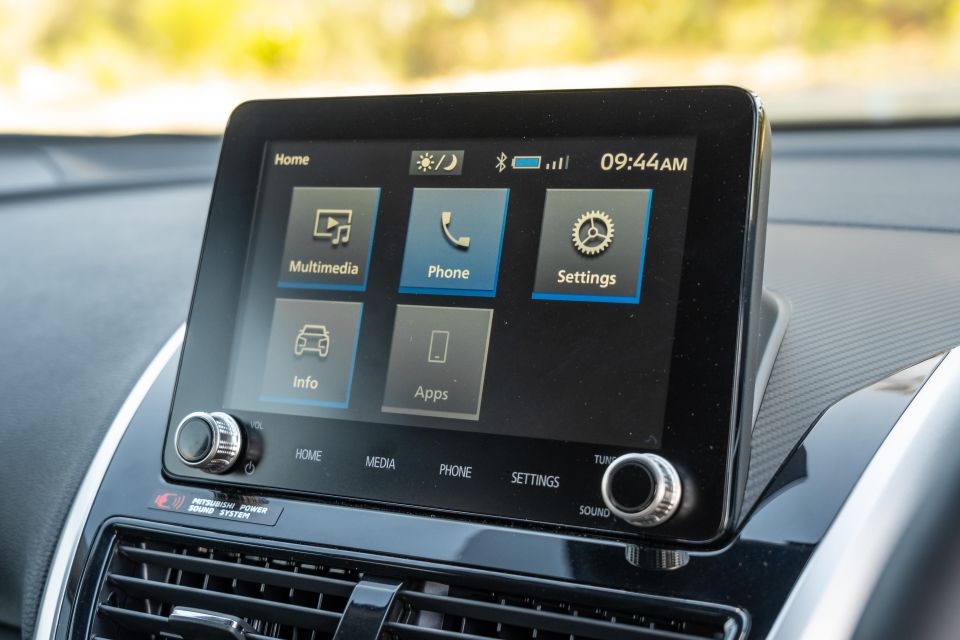
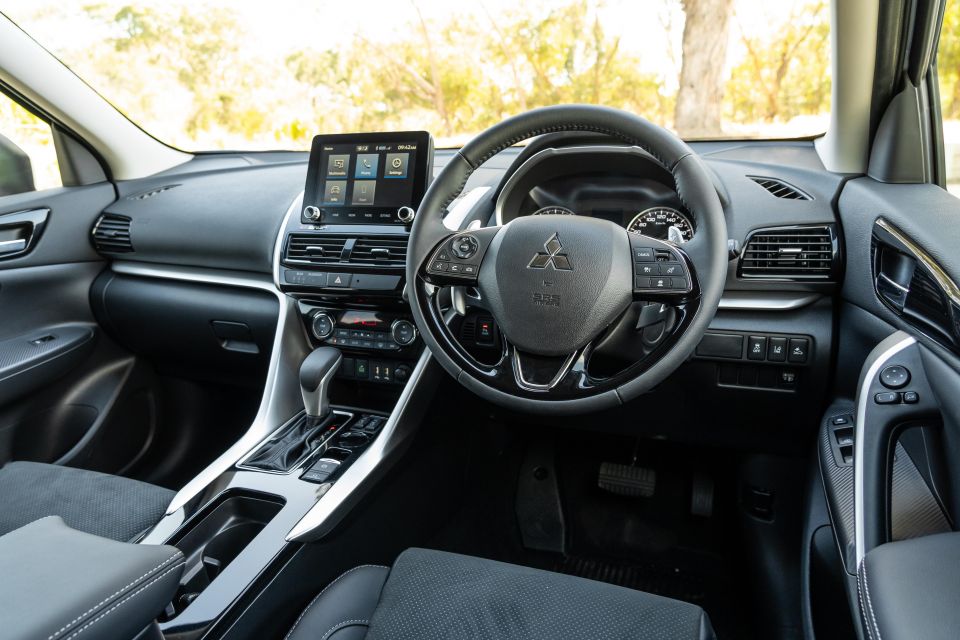
Entry is made easy thanks to the fitment of a smart entry system that lets you unlock the car with the key fob in your pocket, which also triggers the side mirrors to fold out into position.
You sit quite high and are afforded a good view of the road ahead, and both the seats and steering wheel have acceptable breadth of fore/aft and up/down movement, for most people to get comfortable, quickly.
The build quality is hard to find flaw with, though the material tactility and design nous isn’t at a level with a company like Mazda. It’s nicer than the ASX’s cabin, yes, but it’s no premium experience.
There’s a surfeit of cheap-looking shiny black plastic everywhere, the orange-lit ventilation display and stick-on sound system label below the screen look dated, and there are multiple button blanks scattered around to remind you of the features you’re missing out on.
The driver instruments are analogue, with the lack of digital speedo an oversight (unless you’re running the Waze app through your phone). Those large paddle shifters fitted to the steering column remind one of a Lancer Evo, and while they’re out of place they’re a bit cool.
The grainy material on the dash and doors is soft, ditto the centre console cover which serves as an armrest. But the way the centre fascia bulges outwards, and the gap between door handle and transmission tunnel, do make longer-legged occupants feel a little hemmed-in.
The touchscreen infotainment is quite simple and the voice control system average, but provided you’re just listening to the radio (including DAB), Bluetooth/USB, or using phone mirroring, it does the job to standard. The sound system is good, that dash-sticker aside.

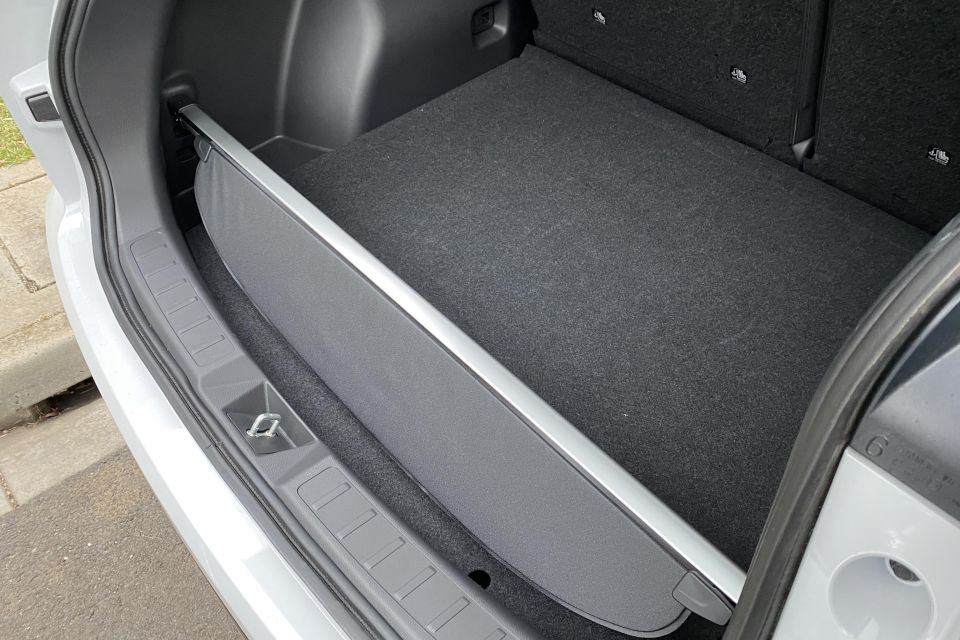
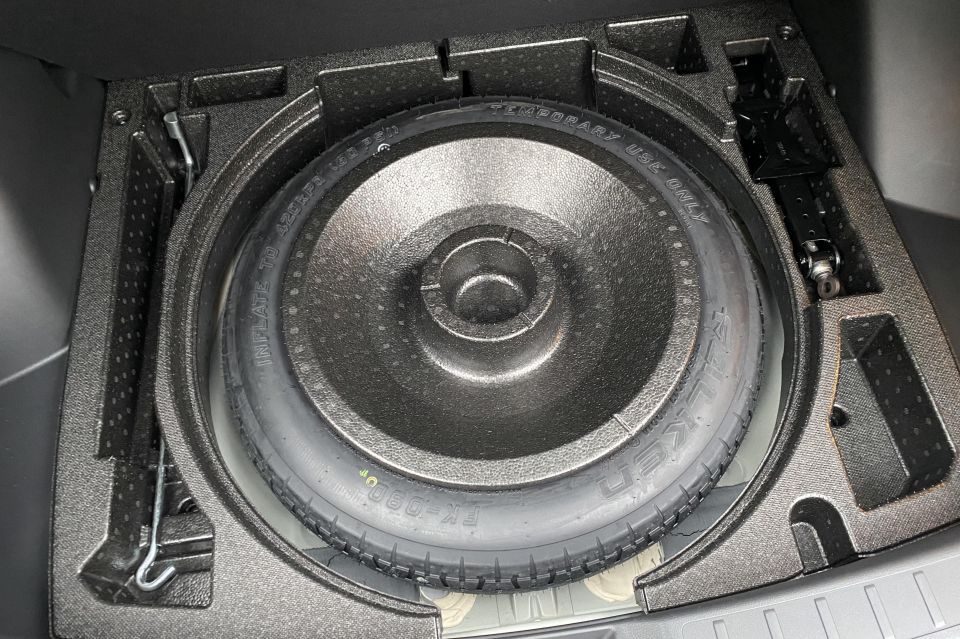
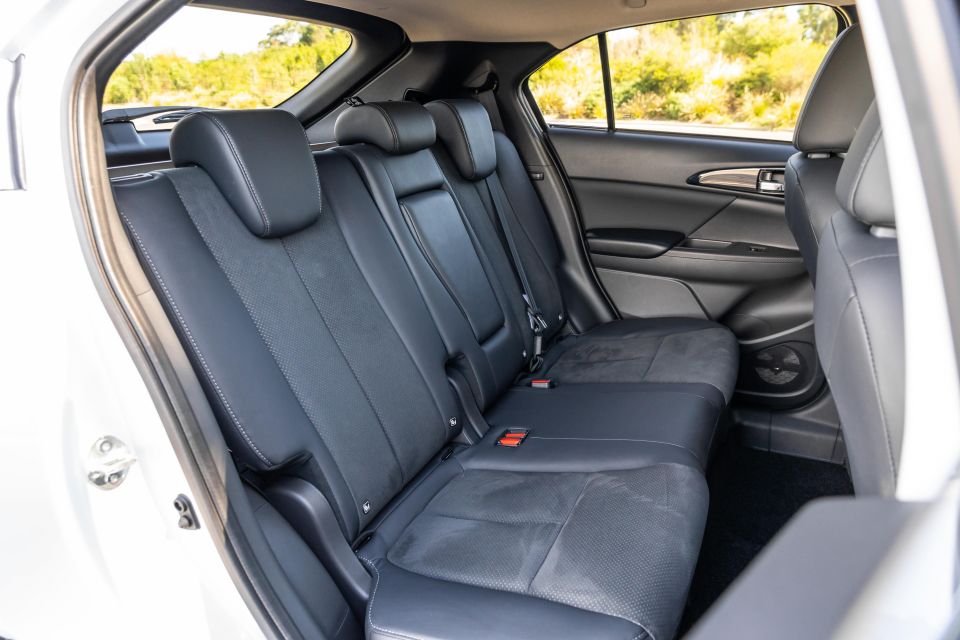
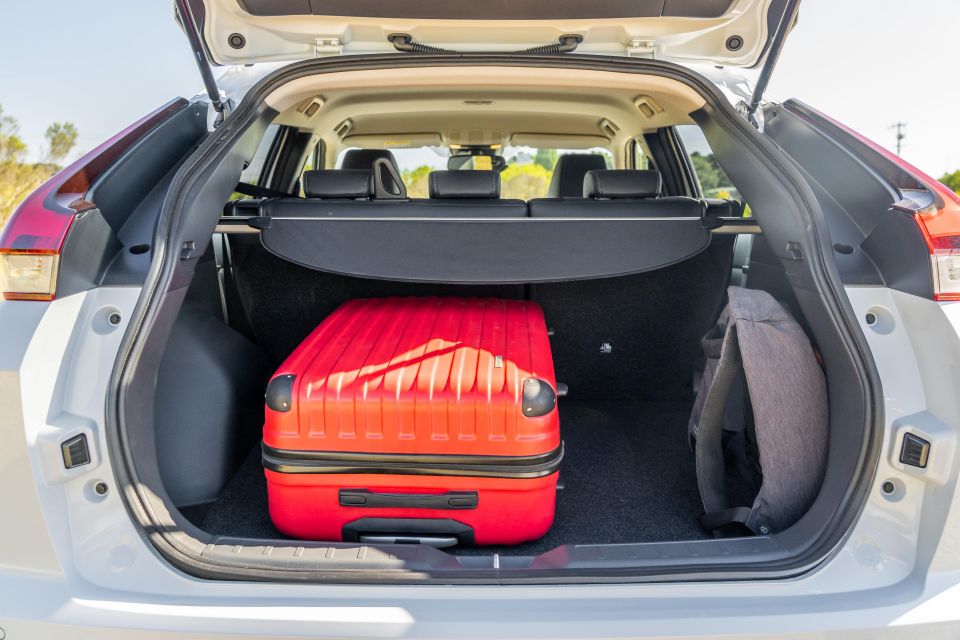
There’s plenty of rear legroom and toe room, but that roofline means headroom is restricted for anyone my height (194cm), and the raked windows and large C-pillar inhibit outboard vision. There are also no rear air vents or USB points, though there is a 12V socket. The back seats recline a few degrees, but no longer slide like the pre-facelifted car’s did.
The boot space has improved from a minimum of 341 litres to 405L (VDA standard), and while the seat bases no longer slide to increase cargo storage, the seat backs do still fold downwards. The boot measures 880mm long, 1000mm wide between the wheels, and 760mm tall.
There’s a space-saving spare wheel under the loading floor, and I like the fact there are dedicated clip-in points for the rigid cargo cover to be neatly stowed away in.
The entry aperture is more like a fastback or coupe-SUV than a conventional wagon, with that sloped rear reducing loading height but increasing the open space to load things through. In practicality terms it lags behind most mid-sized SUVs but edges the ASX.
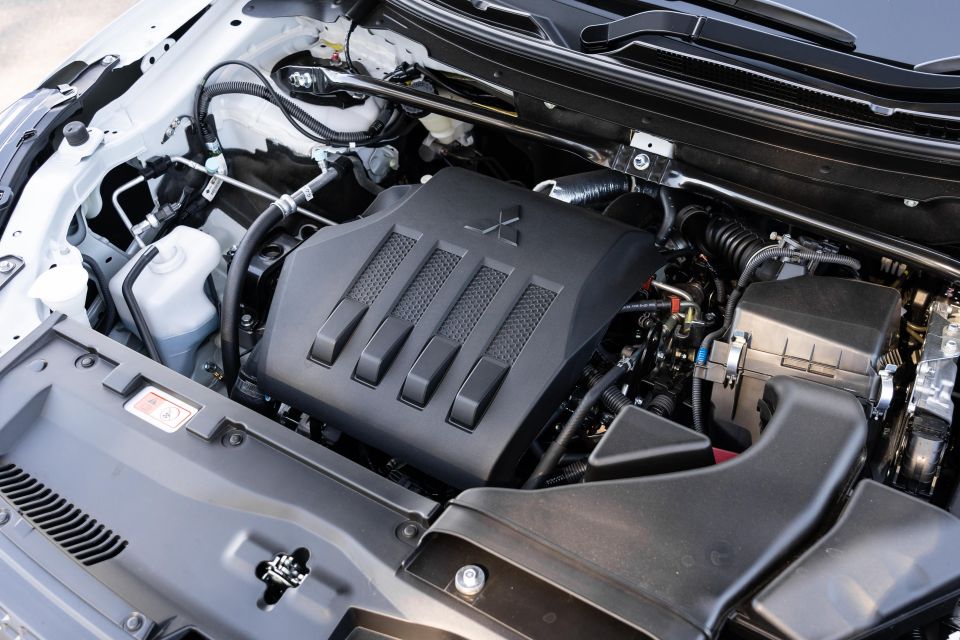
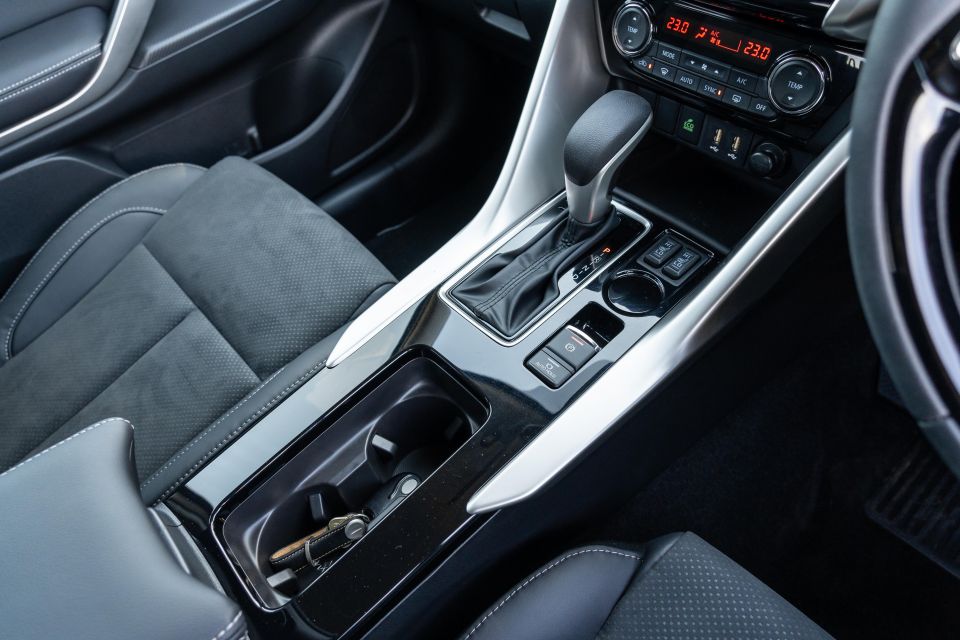
The Mitsubishi runs a brand-exclusive 1.5-litre turbocharged petrol four-cylinder making 110kW of power at 5500rpm and 250Nm of torque between 2000 and 3500rpm.
It sends torque to the front wheels (on-demand all-wheel drive is only available on LS and Exceed grades) through a CVT automatic with eight stepped ratios controlled by paddle shifters stuck to the steering column.
Mitsubishi claims fuel economy on the combined cycle of 7.3 litres per 100km, while I averaged 8.3L/100km. The fuel tank stores 63 litres and the engine will run on basic 91 RON fuel. My average zero to 100km/h sprint took 8.8 seconds.
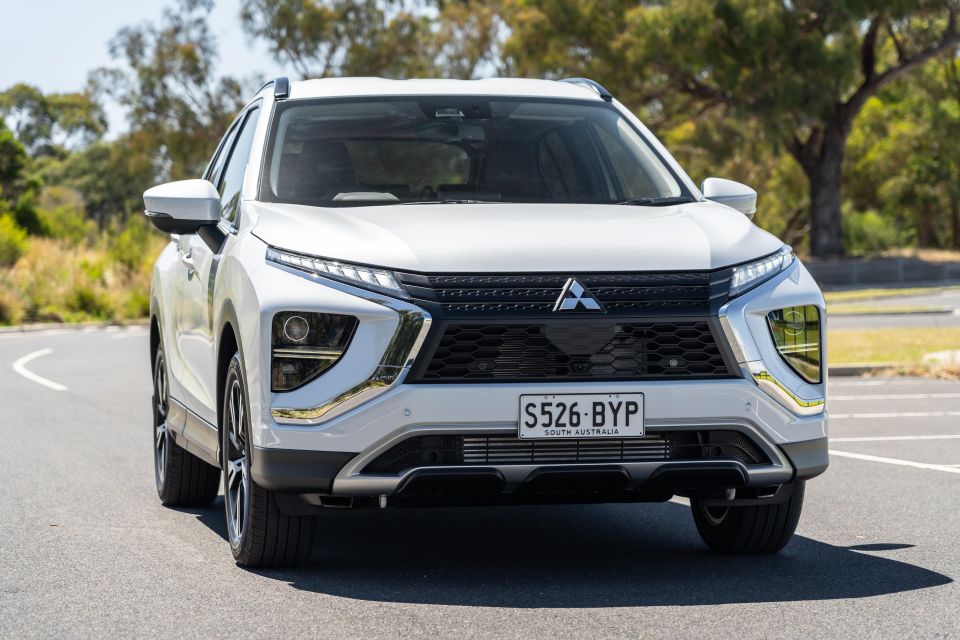
The Mitsubishi’s turbo engine is quite good, with a decent slab of torque that’s available just off idle and across a wide part of the rev band. It gives you decisive rolling response, and is quicker off the mark than many asthmatic competitors.
The CVT automatic is better than most other units of this type, with stepped ‘ratios’. It’s never really too ‘elastic’ from take-off, and doesn’t flare way up the rev counter because there’s plenty of torque to coast with. Those paddles? Extraneous, but nifty to look at.
Dynamically, it doesn’t live up to the sporty design, or the Eclipse badge (affixed to a sporty coupe in the US sold during the 1990s and 2000s).
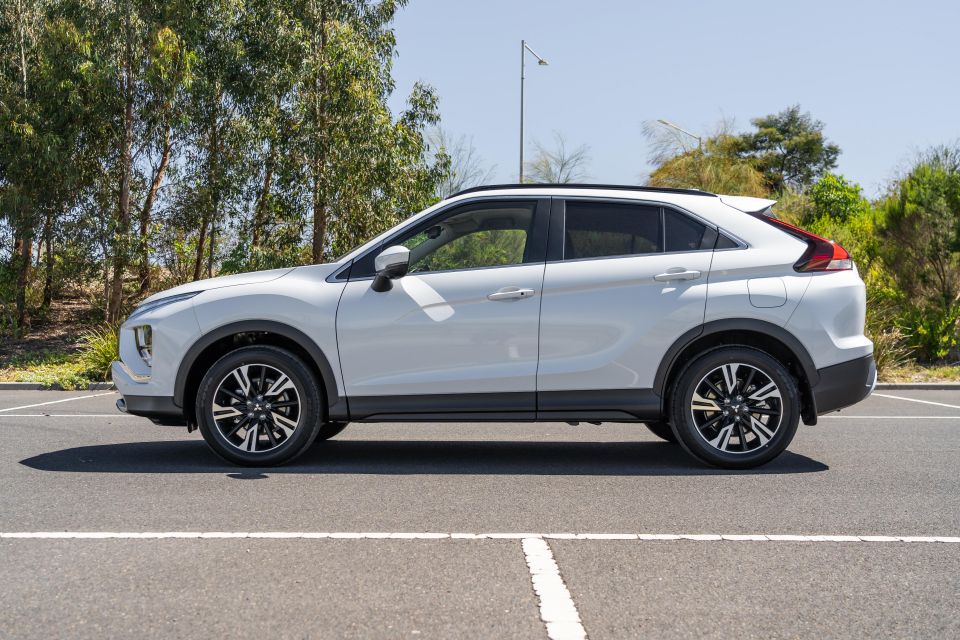
Granted, it’s perfectly at home around town with a generally nice loping ride quality, super-light steering at low speeds, and a commanding driving position. But it also leans into corners a little bit, and the steering is still a little lacking in feedback despite some revisions.
The Toyo tyres aren’t too bad, though they do emit some screeching once you barrel into a corner too quickly. At 100km/h over a country back road, I recorded the ambient driving noise at 70dB – which was 2dB louder than a Mazda CX-5 Maxx Sport driven concurrently.
While the Active Yaw Control system that controls torque delivery to the wheels helps, I’d love Mitsubishi’s great Super All-Wheel Control all-wheel drive (AWD) system to be made available at this spec grade, because it’d add a little dynamism and versatility.
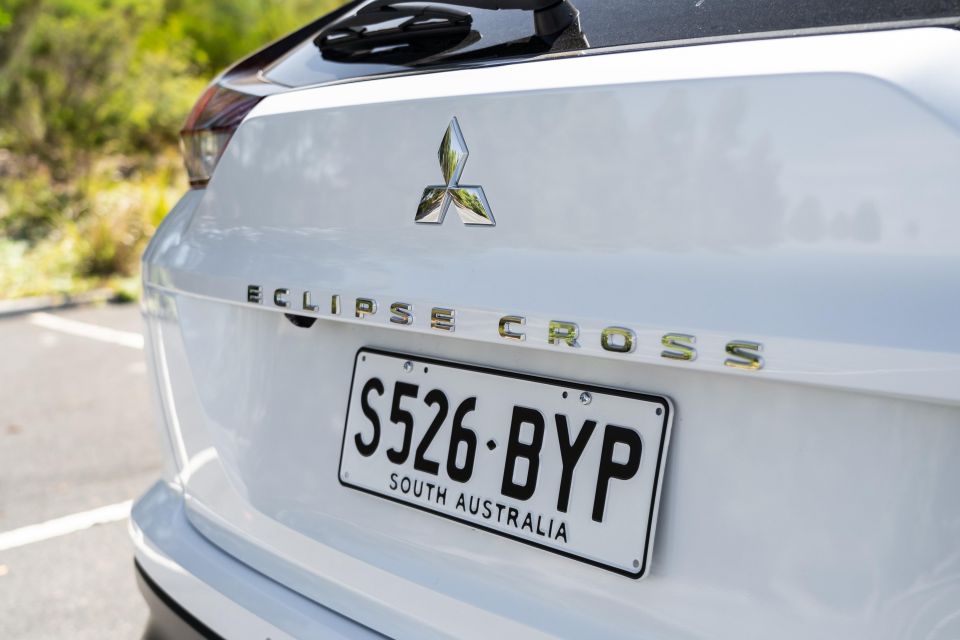
Mitsubishi’s standard warranty covers five years or 100,000km, but so long as you return to one of its dealerships at each service this extends to 10 years or 200,000km. That’s the longest warranty on the market.
While not everyone likes using dealer servicing, Mitsubishi’s capped-price scheme keeps the costs reasonable. Servicing intervals are 12 months or 15,000km and each of the first five visits cost $299.
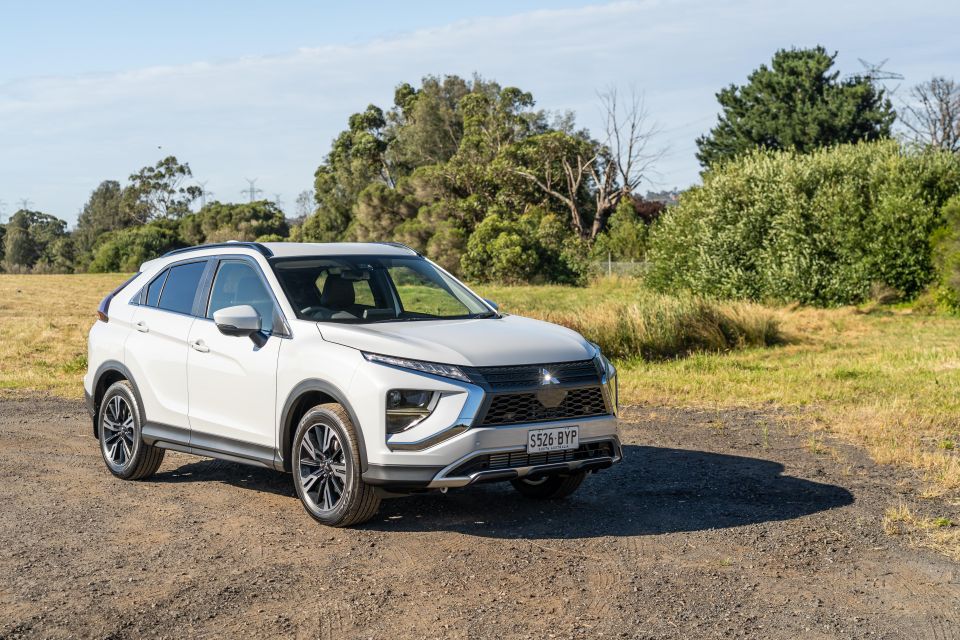
The updated Eclipse Cross takes on a more conventional design at the rear and gains some practicality, though it’s still an edgy-looking car that carves out a space for itself in Mitsubishi’s stacked SUV range.
Its positive aspects include being decent value for money, offering reasonable ride quality and a respectably punchy turbocharged petrol engine, having far more useable back seats than some similarly aggressive crossovers, and a long warranty option with cheap servicing.
But don’t expect sporty handling, cutting-edge infotainment, or a premium-feeling cabin. It is, then, a solid contender from a reliable brand that sits in the middle rungs of its class. We won’t talk you out of one, but stick a few competitors on your shortlist too.
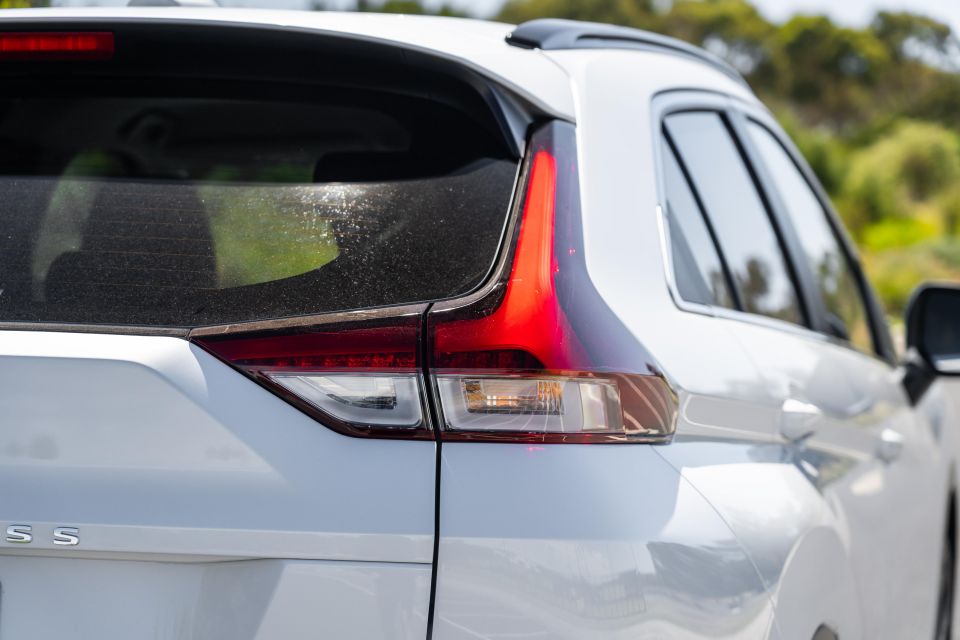
Click the images for the full gallery
MORE: Mitsubishi Eclipse Cross news and review MORE: Mitsubishi news and reviews
Where expert car reviews meet expert car buying – CarExpert gives you trusted advice, personalised service and real savings on your next new car.


Ben Zachariah
16 Hours Ago


Damion Smy
17 Hours Ago
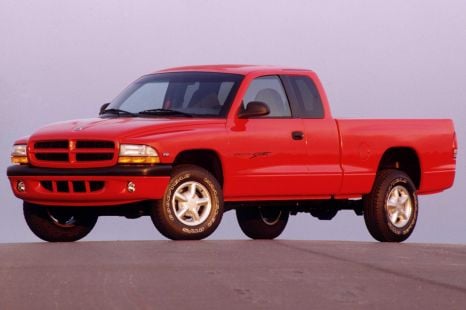

Derek Fung
17 Hours Ago


Ben Zachariah
18 Hours Ago
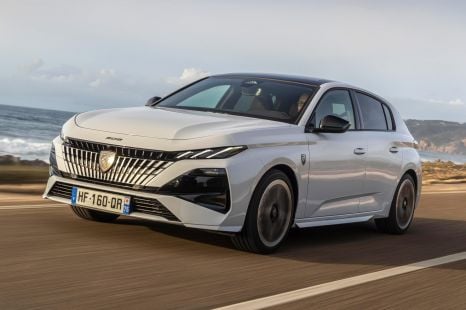

Matt Robinson
24 Hours Ago


CarExpert.com.au
1 Day Ago